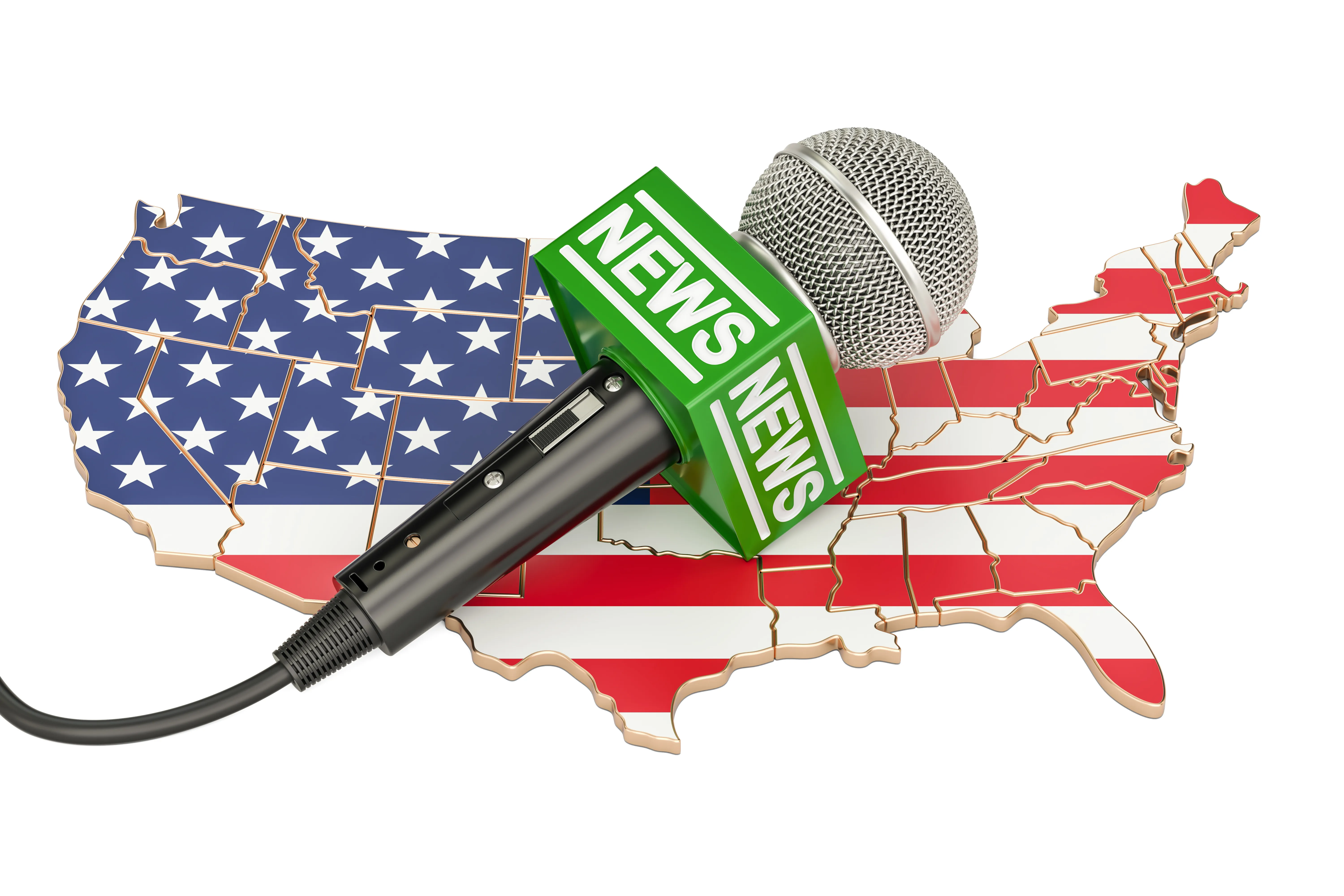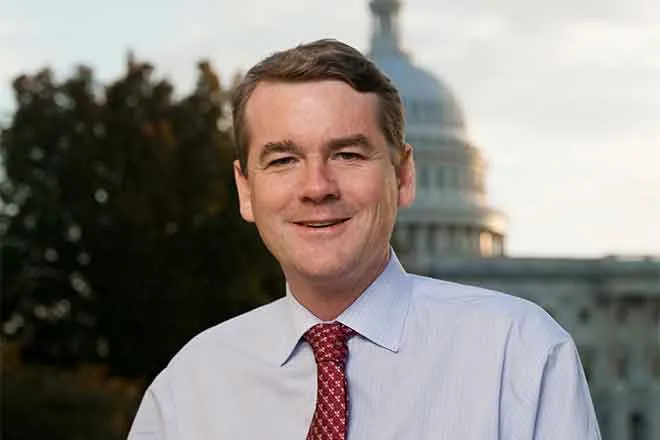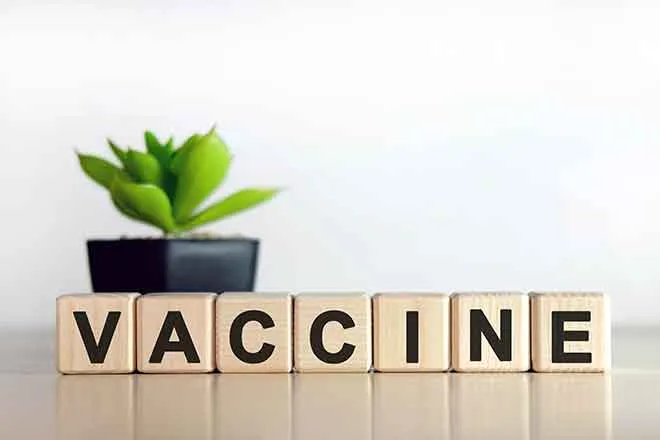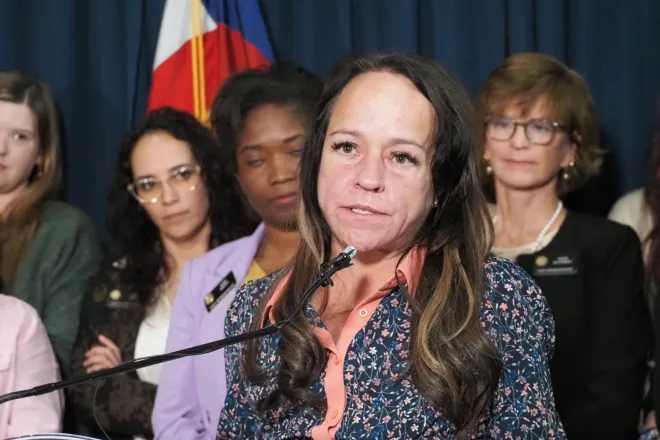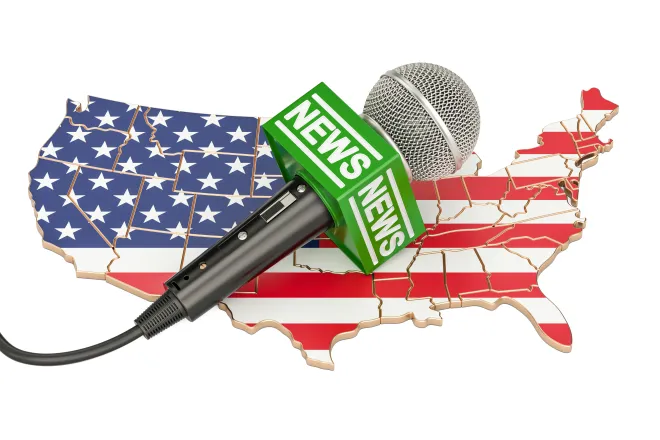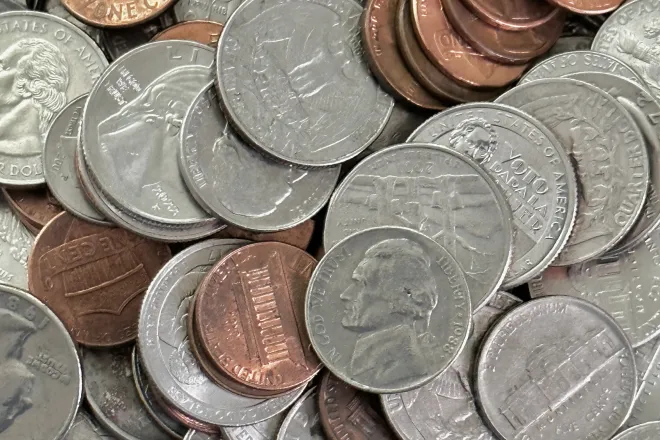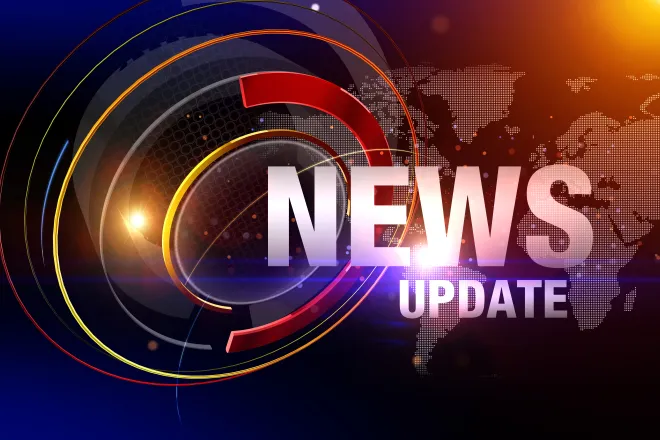
State public health departments fear looming federal cuts in Trump’s next budget
Between 2016 and 2022, as congenital syphilis cases rose nationally and especially in the South, Mississippi saw a one thousand percent increase — from 10 to 110 — in the number of newborn babies who were hospitalized after contracting the disease, known to cause developmental issues, intellectual disabilities, and even death.
So in 2023, the state Department of Health mandated that all medical practitioners screen for the disease in pregnant mothers, and it has been running advertisements to spread awareness.
Annual congenital syphilis cases in Mississippi rose from 62 in 2021 to 132 in 2023, according to state data. The number fell to 114 last year. There have been 33 cases so far this year.
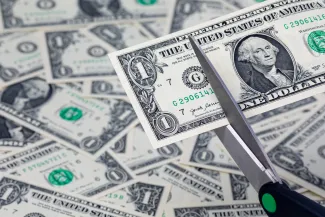
© JJ Gouin - iStock-1642293566
That work won’t stop despite potential budget cuts, Dr. Daniel Edney, Mississippi’s state health officer, said in an interview. “We’re going to keep doing what we have to do, you know, to keep it under control.”
State by state, public health departments take a similar approach: They monitor, treat and try to stem preventable diseases, alongside their host of other duties. But in the coming year, health department officials — with their agencies already strapped for cash — fear they’ll find it much more difficult to do their jobs.
President Donald Trump’s budget proposal for fiscal year 2026 would cut the federal Centers for Disease Control and Prevention budget by more than half, from $9.3 billion to $4.2 billion. The proposal serves as a wish list from the administration, a blueprint for the Republican-controlled Congress as it works through upcoming spending legislation.
If lawmakers hew to Trump’s vision, then state and county public health departments would be hit hard. States contribute to their own health departments, but a lot of them rely heavily on federal funding.
And around half of local public health department funding comes from federal sources, primarily the CDC, as noted in a 2022 report from the National Association of County & City Health Officials.
“The federal government provides a lot of funding, but the actual implementation of public health programs happens at the state and local level,” said Josh Michaud, associate director of global health policy at KFF, a health policy research group. “Each state has its own approach, in many ways, to how public health programs are overseen, how they’re funded, how they are implemented.”
In announcing his department’s share of the proposed budget, U.S. Health and Human Services Secretary Robert F. Kennedy Jr. said Trump’s goals align with “new priorities in reversing the chronic disease epidemic.”
But many local health leaders point to the longtime mission of state public health departments in preventing the spread of disease.
“Local public health is on the front lines preventing communicable disease, operating programs to prevent chronic disease, ensuring our septic and well water systems are safe,” said Dr. Kelly Kimple, acting director of North Carolina’s Division of Public Health within the Department of Health and Human Services.
“I’m very concerned,” Kimple said, “especially given the magnitude of funding that we’re talking about, as we can’t keep doing more with less.”
Clawing back COVID-era grants
Other federal budget cuts also have states worried.
Many state public health departments grew alarmed when the Trump administration announced in March that it would be clawing back $11.4 billion in COVID-era funding for grants that were slated to extend into 2026.
Twenty-three states and the District of Columbia sued. A federal district court in Rhode Island temporarily blocked the cuts, and the case remains tied up in court.

The court’s preliminary injunction may not protect temporary staff or contractors, though. Public health departments have been laying off staff, cutting lab capacity and reducing immunization clinics, said Dr. Susan Kansagra, chief medical officer for the Association of State and Territorial Health Officials.
Historically, public health departments receive funding in “boom and bust” cycles, meaning they tend to get more federal support during emergencies, said Michaud, of KFF. But “since the Great Recession of 2008, there was a general decline in public health support funding until the COVID pandemic.”
For example, KHN and The Associated Press reported that between 2010 and 2019, spending on state public health departments declined by 16 percent per capita and spending for local health departments fell by 18 percent.
Nationally, syphilis cases reached historic lows in the 2000s, thanks to robust prevention efforts and education from public health officials. By 2022, however, cases reached their highest numbers nationally since the 1950s.
“In the wake of the COVID emergency, you’ve seen a sort of backlash to what people had been calling the overreach of public health and imposing vaccination requirements and lockdowns and other public health measures,” Michaud told Stateline.
Smallpox, cholera and typhoid
Public health departments and officials go back to the 19th century, when there was a greater emphasis on sanitation efforts to prevent spread of diseases such as smallpox, cholera and typhoid, which were rampant at the time.
By the end of the century, 40 states had established health departments, which to this day are responsible for water sanitation, tracking the spread of disease, administering vaccinations, furnishing health education, providing screenings for infants and some prenatal care for moms at local clinics, offering family planning services, and tracking and treating sexually transmitted infections, among other things.
What we're seeing now is a complete upheaval of the funding going into public health.
– Josh Michaud, associate director of global health policy at KFF
Kimple pointed to measles as a current example of a disease that’s spreading fast. When North Carolina’s health department detected a case in the state, she said, the department “identified and contacted everyone who might have been exposed, helped people get tested, worked with doctors to make sure they knew how to respond.”
That’s the legacy of local public health, Michaud said.
“The federal government cannot decide, ‘This public health program will happen in this state, but not that state,’ that kind of thing. And cannot declare a national lockdown. The COVID pandemic tested a lot of those boundaries. It really is a state and local responsibility to protect public health. And that’s always been the case, since the beginning of our country,” Michaud said.
“And what we’re seeing now is a complete upheaval of the funding going into public health.”
A major cut in services
Kimple said she’s seen recent progress in her state in the support for funding public health.
“North Carolinians viewed our work as highly important to improving health and well-being in the state, and appreciated the local presence, the reliable information, the role in prevention and efforts to protect, in particular, vulnerable communities,” she said.
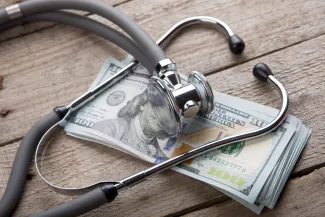
Similarly, Edney said that Mississippi state lawmakers were showing more support, despite some setbacks in 2016 and 2017. New federal cuts could throw a wrench in the health department’s economic plans and its ability to reach small communities.
“Now the federal rug is being pulled out from under us,” he said.
Edney said he expects the federal share of his department’s public health funding to fall from its current 65 percent to around 50 percent.
Edney said he’s been trying to strengthen Mississippi health department’s longevity by diversifying its revenue streams by, for example, accepting private donations.
The state will not stop doing its “core” work, he said, regardless of federal funding.
“We’re not going to cut back on services at the county health department, because what we do now is all mission critical,” Edney said.




